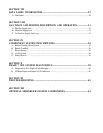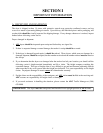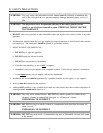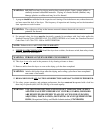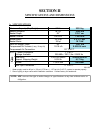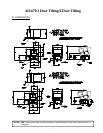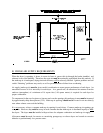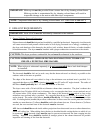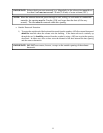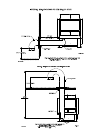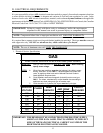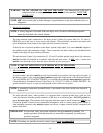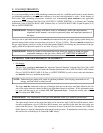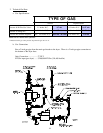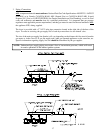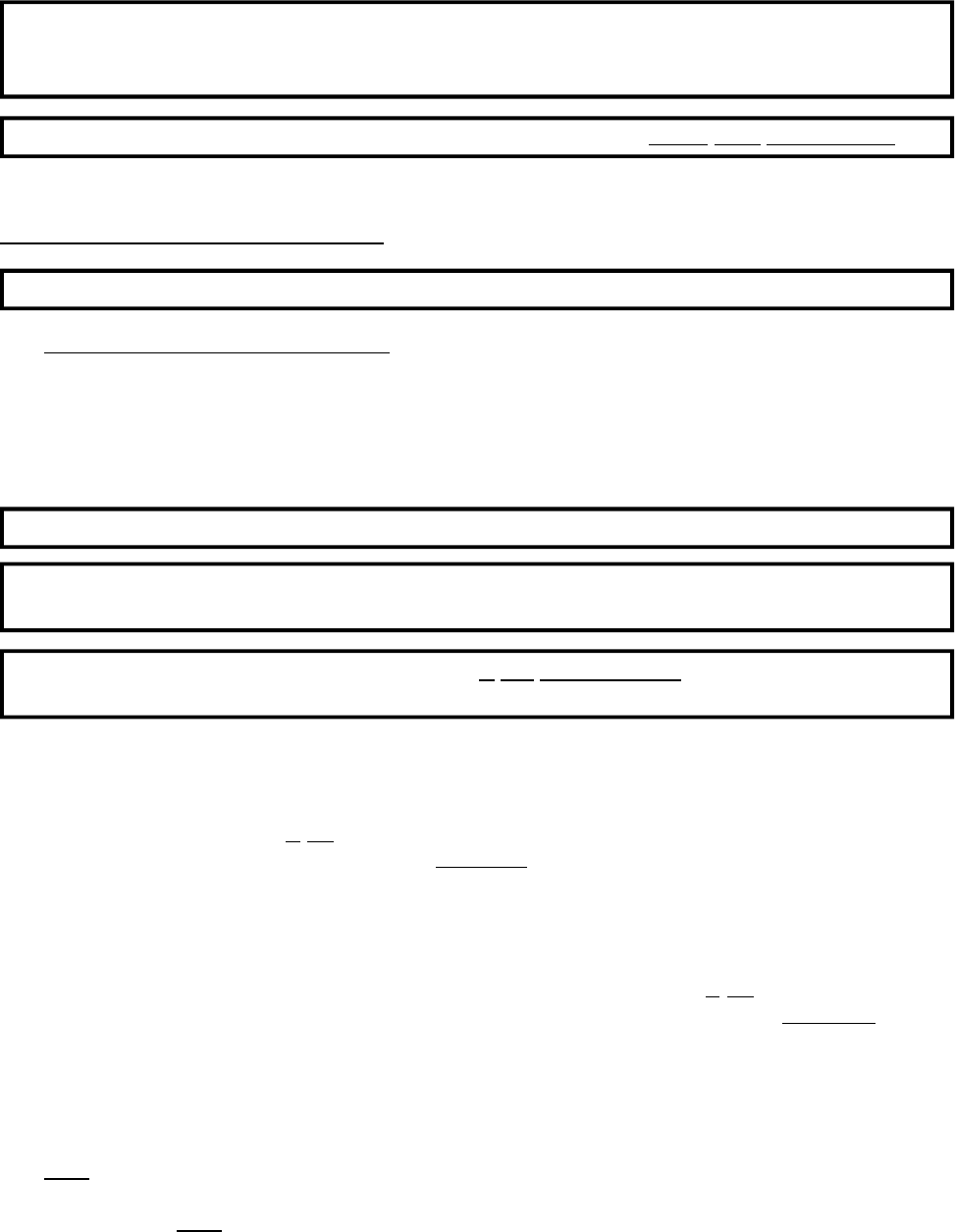
10
IMPORTANT: Make-up air must be provided from a source free of dry cleaning solvent fumes.
Make-up air that is contaminated by dry cleaning solvent fumes will result in
irreparable damage to the motors and other dryer components.
NOTE: Component failure due to dry cleaning solvent fumes will VOID THE WARRANTY.
C. EXHAUST REQUIREMENTS
IMPORTANT: Each AD-670 must be individually exhausted to the outdoors.
1. General Exhaust Ductwork Information
Exhaust ductwork should be designed and installed by a qualified professional. Improperly sized ductwork
will create excessive back pressure which results in slow drying, increased use of energy, overheating of
the dryer, and shutdown of the burner by the airflow (sail) switches, burner hi-limits, or basket (tumbler)
hi-heat thermostats. The dryer must be installed with a proper exhaust duct connection to the outside.
CAUTION: This dryer produces combustible lint and must be exhausted to the outdoors.
CAUTION: IMPROPERLY SIZED OR INSTALLED EXHAUST DUCTWORK CAN
CREATE A POTENTIAL FIRE HAZARD.
NOTE: When a dryer is exhausted separately, it is not recommended that a back draft damper
be installed.
The ductwork should be laid out in such a way that the ductwork travels as directly as possible to the
outdoors with as few turns as possible.
The shape of the ductwork is not critical so long as the minimum cross-sectional area is provided. It is
suggested that the use of 90º turns in ducting be avoided; use 30º and/or 45º angles instead. The radius of
the elbow should preferably be 1-1/2 times the diameter of the duct.
The dryer comes with a 24-inch (60.96 cm) diameter exhaust duct connection. The plant’s exhaust duct
must be at least 24-inches (60.96 cm) in diameter or for a rectangular duct have a cross-sectional area of
452 square inches (2916 square centimeters). The shape of the ductwork is not critical so long as the
minimum cross-sectional area is provided. It is suggested that the use of 90º turns be avoided; use 45º
angles instead. The radius of the elbows should preferably be 1-1/2 times the width or diameter of the
duct. Excluding basket (tumbler)/dryer elbow connections or elbows used for outside protection from the
weather, no more than two (2) elbows should be used in the exhaust duct run. If more than two (2) elbows
are used, the cross-sectional area of the ductwork must be increased.
ALL ductwork should be smooth inside with no projections from sheet metal screws or other obstructions,
which will collect lint. When adding ducts, the duct to be added should overlap the duct to which it is to
be connected. ALL ductwork joints must be taped to prevent moisture and lint from escaping into the
building. Inspection doors should be installed at strategic points in the exhaust ductwork for periodic
inspection and cleaning of lint from the ductwork.



